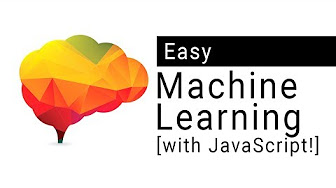Description
In this course, you will learn :
Learners who complete this IBM course successfully can earn a skill badge, which is a detailed, verifiable, and digital credential that profiles the knowledge and skills you've gained in this course. Enroll to learn more, finish the course, and get your badge! This is the first of a two-part course that will teach you the fundamentals of Pytorch while also providing the prerequisites you need before building deep learning models.
We'll start with PyTorch's tensors in one and two dimensions, and you'll learn about tensor types and operations, as well as PyTorch's Automatic Differentiation package and integration with Pandas and Numpy. This is followed by a detailed explanation of the dataset object and transformations; this is the first step in creating Pipelines in PyTorch. We will learn how to train a linear regression model in module two. You will go over the fundamentals of training your model, such as loss, cost, and gradient descent. You will learn the basics of PyTorch, such as how to make a prediction using PyTorch's linear class and custom modules. Then, using PyTorch, calculate the loss and cost. Finally, you will use first principles to implement gradient descent.
In module three, you will train a linear regression model using PyTorch's built-in functionality, gaining an understanding of PyTorch's key components. This will include how to effectively train PyTorch's custom modules using the optimizer object, allowing you to train any model in an efficient manner. We will introduce the data loader, which will give you greater flexibility when working with large datasets. You'll learn how to save your model and training for use in applications like cross validation for hyperparameter selection, early stopping, and checkpoints. Module three will teach you how to extend your model to multiple input and output dimensions in applications like multiple linear regression and multiple output linear regression. You will learn the fundamentals of the linear object, such as how it interacts with data of different sizes and sample counts. Finally, you'll discover how to train these models in PyTorch.
In module four, you will learn about linear classifiers, logistic regression, and how to use different loss functions. You will learn how to use PyTorch to implement logistic regression in a variety of ways, including using custom modules and the sequential method. A final project will put your abilities to the test.
Syllabus :
Module 1
- Tensors 1D
- Two-Dimensional Tensors
- Derivatives In PyTorch
- Dataset
Module 2
- Prediction Linear Regression
- Training Linear Regression
- Loss
- Gradient Descent
- Cost
- Training PyTorch
Module 3
- Gradient Descent
- Mini-Batch Gradient Descent
- Optimization in PyTorch
- Training and Validation
- Early stopping
Module 4
- Multiple Linear Regression Prediction
- Multiple Linear Regression Training
- Linear regression multiple outputs
- Multiple Output Linear Regression Training









